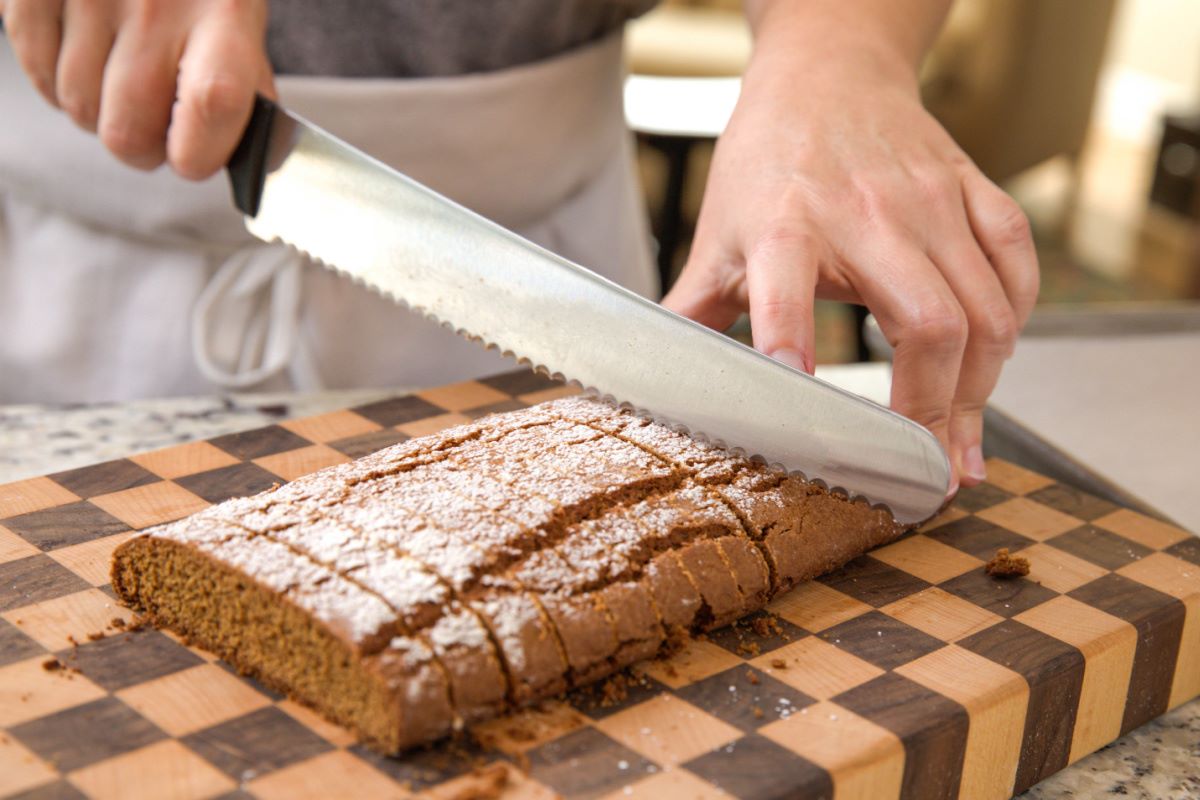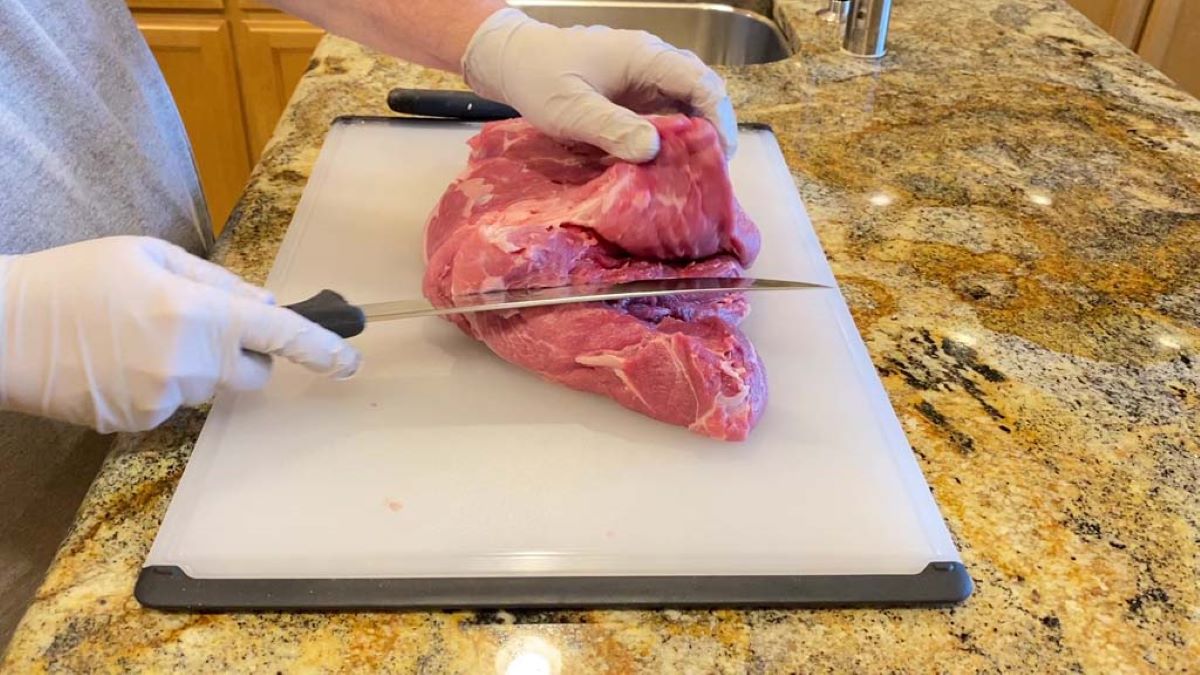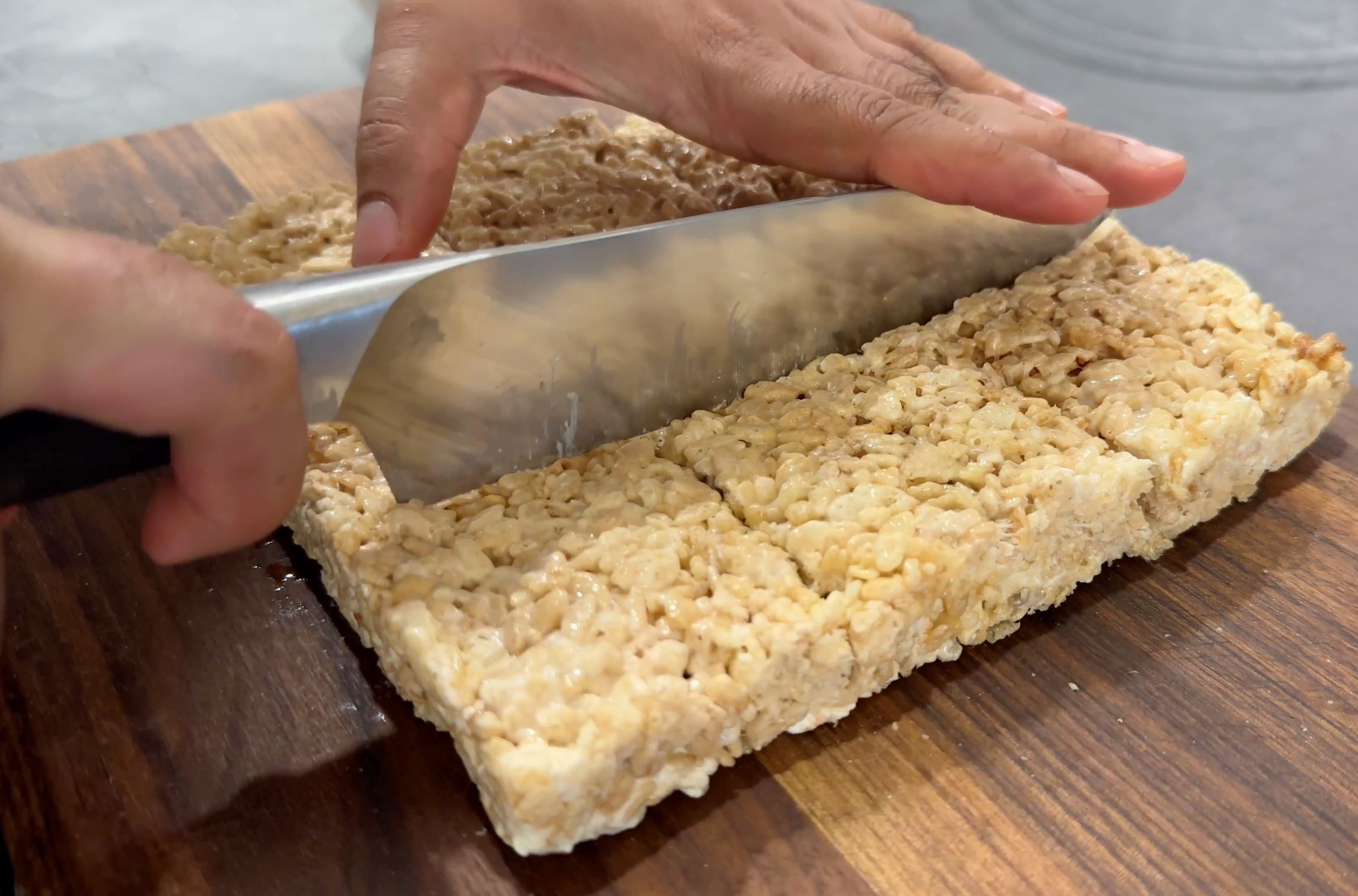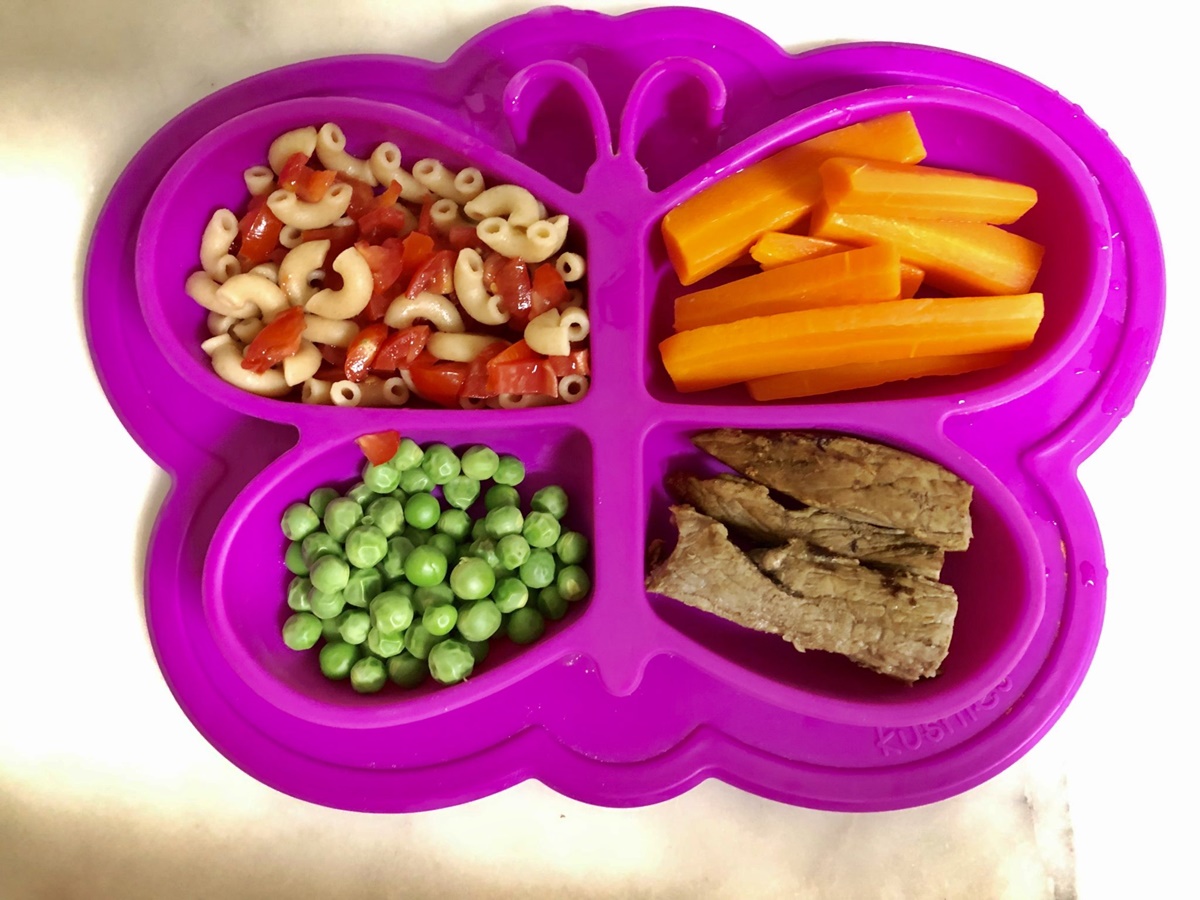Cutting potatoes for beef stew is more than just a step in cooking; it's an art that enhances the dish's flavor and texture. For a stew, you want potatoes that absorb all those rich, savory juices without turning to mush. The key is choosing the right type of potato and cutting it into uniform pieces, ensuring each bite is perfectly tender and flavorful. Russet or Yukon Gold potatoes are ideal for their sturdiness and ability to hold up during long cooking times. Aim for chunks about one to two inches in size for that ideal balance of absorption and integrity throughout the stewing process.
Essential Ingredients for Your Beef Stew
- Beef chuck
- Potatoes
- Carrots
- Onion
- Garlic cloves
- Beef broth
- Tomato paste
- Worcestershire sauce
- Dried thyme
- Bay leaves
- Salt
- Pepper
- Olive oil
- Flour
Must-Have Tools for Crafting the Perfect Stew
- Sharp Chef's Knife
- Cutting Board
- Vegetable Peeler
- Measuring Cup
- Large Bowl
For beef stew, cut potatoes into uniform, bite-sized pieces. This ensures even cooking and perfect texture, enhancing the stew's overall flavor and making every bite delightful.
The Importance of Properly Cutting Potatoes for Stew
Cutting potatoes for beef stew is more than just a preparatory step; it's about ensuring each piece cooks evenly and absorbs flavors thoroughly. Optimal size is key—chunks not too large to remain hard inside, nor too small to disintegrate into the broth. This technique enhances texture and taste, making every bite a delight.
Uniformity in cutting also ensures that potatoes and other ingredients reach perfect tenderness simultaneously. By mastering this simple yet crucial skill, cooks can avoid unevenly cooked dishes, where some pieces are too firm and others overdone. Mastery of this aspect contributes significantly to the stew's overall success, elevating the dining experience.
Your Step-by-Step Guide to Cutting Potatoes
-
Select the right potatoes: Opt for firm and fresh potatoes like Yukon Gold or Russet, known for their sturdiness in stews.
-
Wash thoroughly: Rinse potatoes under cold water to remove any dirt or debris. Use a scrub brush if necessary.
-
Peel (optional): While peeling is optional, doing so can create a more uniform texture in your stew. Use a vegetable peeler or a sharp knife.
-
Cut into uniform pieces: Aim for chunks about 1 to 2 inches in size. Uniformity is key for even cooking.
- Start by slicing each potato in half.
- Slice each half into quarters, depending on the potato's size.
- Cut each quarter into chunks, aiming for that 1 to 2-inch target.
-
Soak to remove starch (optional): If you have time, soaking the cut potatoes in cold water for a few minutes can remove excess starch, preventing your stew from getting too thick.
-
Dry before cooking: Pat the potatoes dry with a towel if you've soaked them. This step ensures they brown nicely if you're sautéing them before adding to the stew.
-
Add to your stew: Incorporate the prepared potatoes into your stew according to your recipe's instructions. Typically, potatoes are added in the last 20-30 minutes of cooking to prevent them from becoming too mushy.
-
Test for doneness: Potatoes are ready when they are tender and can be easily pierced with a fork. Avoid overcooking, as this can cause them to disintegrate into the stew.
-
Season well: Potatoes absorb a lot of flavors, so make sure your stew is well-seasoned. Adjust salt, pepper, and other seasonings as needed after adding the potatoes.
-
Serve hot: Enjoy your beef stew with perfectly cut and cooked potatoes that complement the rich flavors of the dish.
Mastering the Final Touch
Cutting potatoes for beef stew isn't just about size; it's about unlocking flavors and textures that elevate your dish. Remember, choosing the right type of potato and cutting it into uniform, bite-sized pieces ensures they cook evenly, absorbing all the rich, savory flavors of your stew. Practice makes perfect, and soon, you'll be dicing with the best of them, adding that special touch that transforms a good stew into a great one. So, grab your knife, pick your potatoes, and get ready to make your next beef stew unforgettable. With these tips in hand, you're well on your way to becoming a stew master, where every bite is a testament to your skill and care in the kitchen.
For those looking to perfect their potato-cutting skills for beef stew, there are several recipes that can showcase this technique beautifully. The Classic Beef Stew Recipe and Slow Cooker Beef Stew are perfect starting points, emphasizing traditional flavors and allowing the texture of properly cut potatoes to shine. If you want something with a bit of a twist, the Beef Stew with Red Wine adds a rich depth, while the Beef and Mushroom Stew offers an earthy complement to the potatoes. For a heartier meal, the Hearty Vegetable Beef Stew or Beef Stew with Root Vegetables incorporate a variety of flavors and textures that will make your potato-cutting prowess stand out. Finally, the Beef and Guinness Stew provides a robust and comforting dish, where the potatoes absorb the stout's unique flavor, showcasing your skills in a delicious way.
All Your Questions Answered About Beef Stew Preparation
How big should I cut potatoes for beef stew?
Aim for bite-sized pieces, about an inch to an inch and a half. This size ensures they cook thoroughly without turning mushy, blending perfectly with your stew's hearty texture.
What type of potatoes are best for beef stew?
Yukon Golds or red potatoes hold their shape well and offer a buttery, creamy texture. Avoid russets as they tend to fall apart during the long cooking process.
Should I peel potatoes before adding them to the stew?
Peeling is optional. For a more rustic feel and added nutrients, leave the skin on. Just make sure to scrub them clean. If you prefer a smoother texture, go ahead and peel them.
How do I prevent potatoes from turning brown once cut?
Keep them submerged in cold water. This stops the oxidation process, keeping your spuds fresh and white until you're ready to toss them into the pot.
Can I add potatoes at the beginning of cooking the stew?
It's best to add them during the last 45 minutes to an hour of cooking. This timing prevents them from overcooking and ensures they absorb the flavors of the stew without disintegrating.
Is it necessary to parboil potatoes for beef stew?
Not usually. Cutting them into small, uniform pieces allows them to cook fully in the stew. However, if you're short on time, parboiling can speed up the cooking process.
How can I thicken my beef stew if the potatoes don't do enough?
Mix a tablespoon of cornstarch with two tablespoons of cold water and stir it into your stew. Simmer for a few minutes until thickened. This trick works like a charm without altering the flavor.
Was this page helpful?
Read Next: How To Cut Potato Eyes For Planting






